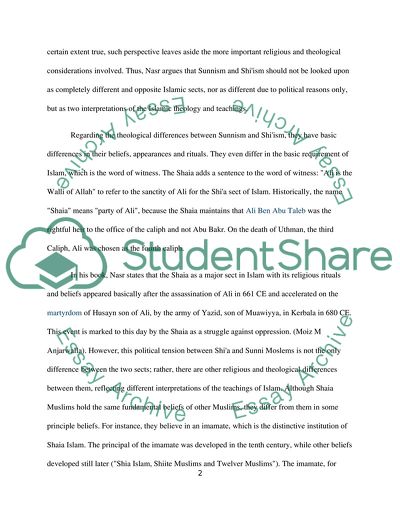Cite this document
(The Shia Revival by Vali Nas Book Report/Review, n.d.)
The Shia Revival by Vali Nas Book Report/Review. Retrieved from https://studentshare.org/history/1769617-the-shia-revival-by-vali-nasr
The Shia Revival by Vali Nas Book Report/Review. Retrieved from https://studentshare.org/history/1769617-the-shia-revival-by-vali-nasr
(The Shia Revival by Vali Nas Book Report/Review)
The Shia Revival by Vali Nas Book Report/Review. https://studentshare.org/history/1769617-the-shia-revival-by-vali-nasr.
The Shia Revival by Vali Nas Book Report/Review. https://studentshare.org/history/1769617-the-shia-revival-by-vali-nasr.
“The Shia Revival by Vali Nas Book Report/Review”, n.d. https://studentshare.org/history/1769617-the-shia-revival-by-vali-nasr.


